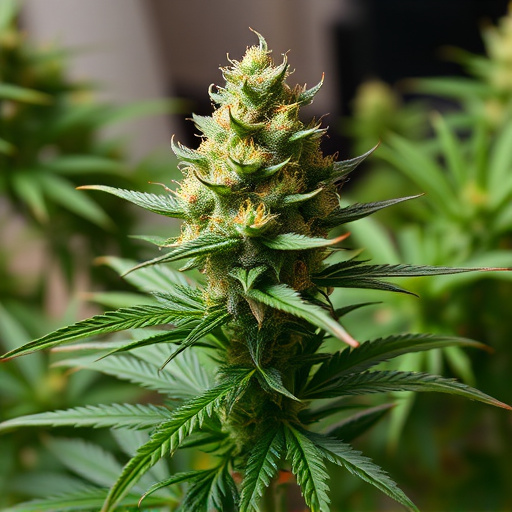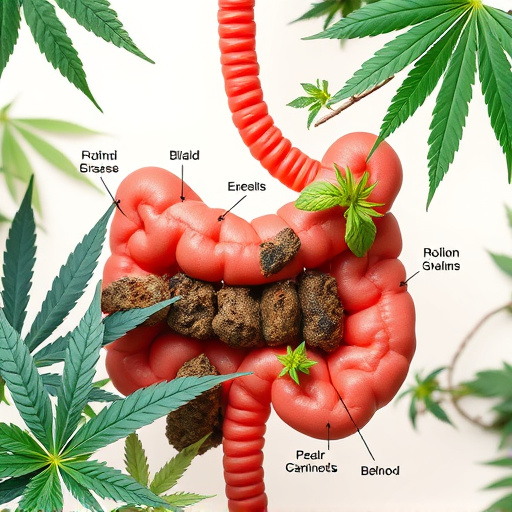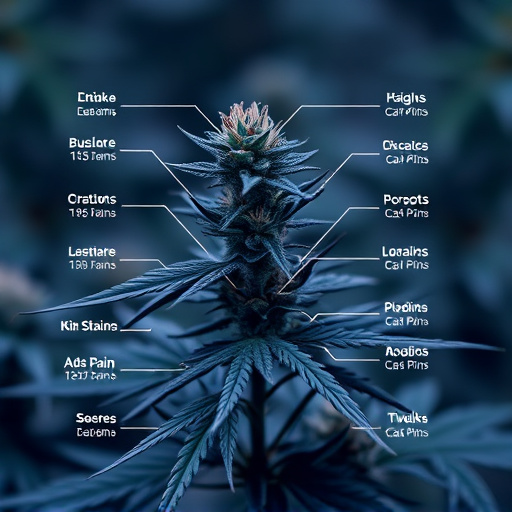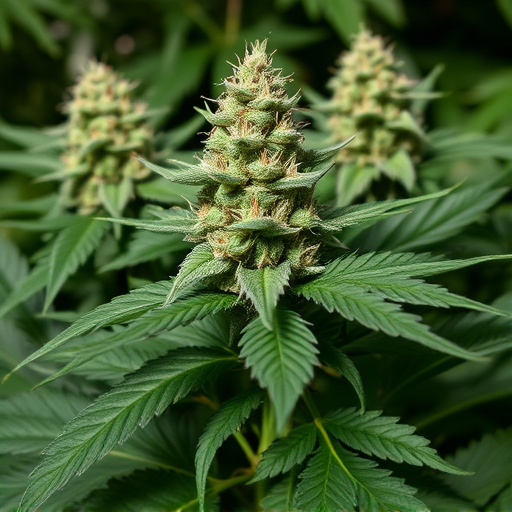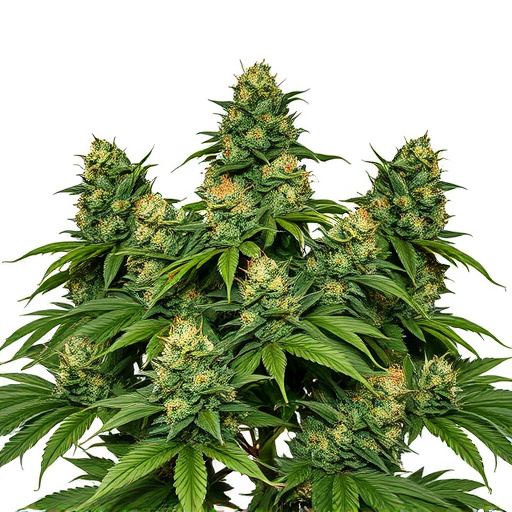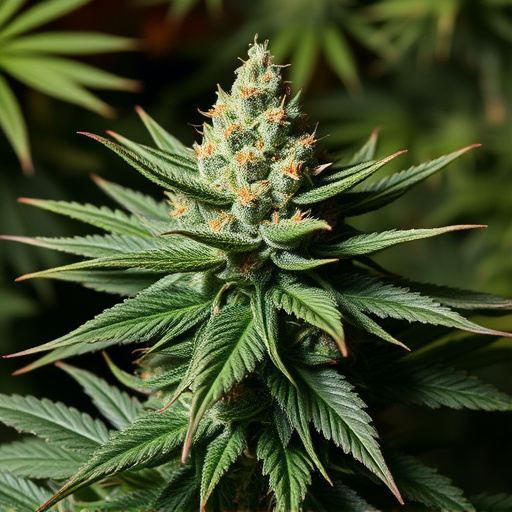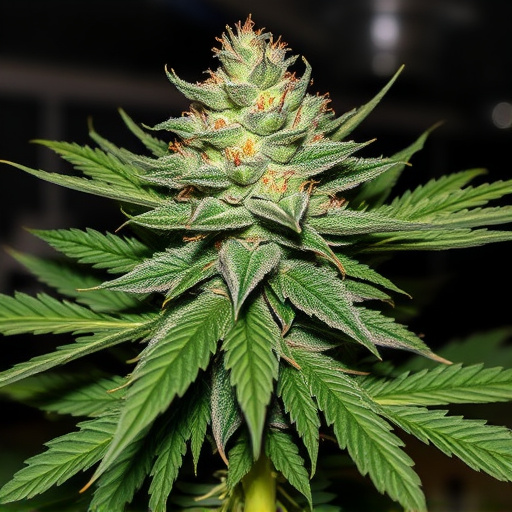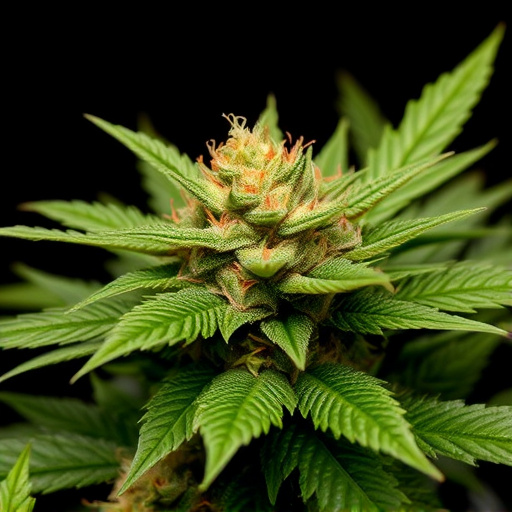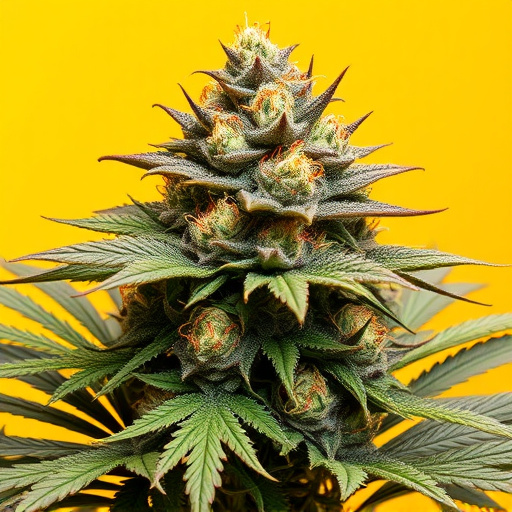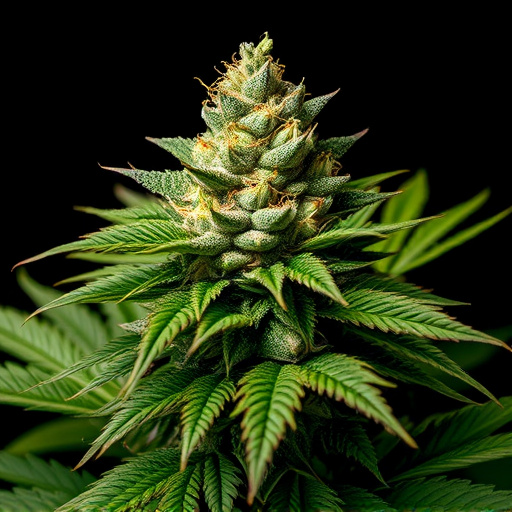Big Bud cannabis strains have gained popularity for their potent medical benefits due to high THC content, offering effective relief from chronic pain, muscle spasms, and inflammation associated with conditions like arthritis, multiple sclerosis, and fibromyalgia. These strains also stimulate appetite, combat nausea in cancer and HIV patients, and induce relaxation to reduce anxiety and improve sleep quality. Scientific research has uncovered promising applications for both big bud strains (rich in THC) and CBD-rich strains, leading to the legalization of medical cannabis globally.
Cannabis flowers, with their intricate composition of cannabinoids and terpenes, hold immense potential for medical applications. This article explores how understanding cannabis flowers can reveal valuable insights into their therapeutic effects, particularly focusing on the benefits of Big Bud strains. We’ll delve into scientific research supporting their use in various clinical settings, shedding light on the growing body of evidence that makes cannabis a game-changer in modern medicine, especially with its potent big bud variants.
- Understanding Cannabis Flowers and Their Composition
- The Medical Benefits of Big Bud Strains
- Scientific Research and Clinical Applications
Understanding Cannabis Flowers and Their Composition
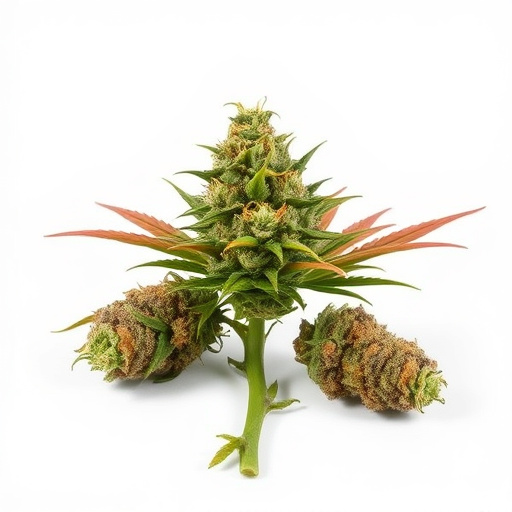
Cannabis flowers, known for their vibrant hues and distinct aromas, are the focal point of medical cannabis use. These delicate blooms contain a complex array of chemical compounds, most notably cannabinoids, terpenes, and flavonoids. Cannabinoids like THC (tetrahydrocannabinol) and CBD (cannabidiol) are responsible for the plant’s psychoactive and therapeutic properties, respectively. Terpenes add to the flower’s fragrance and may also offer additional medicinal benefits, while flavonoids contribute to the plant’s color and possess potent antioxidant properties.
Big bud strains, renowned for their dense, bulky flowers, often contain higher concentrations of these compounds, making them popular choices in medical cannabis treatments. The composition of each strain varies, offering a range of potential therapeutic effects. Understanding this intricate interplay of compounds is crucial in harnessing the full potential of cannabis flowers for medicinal purposes.
The Medical Benefits of Big Bud Strains
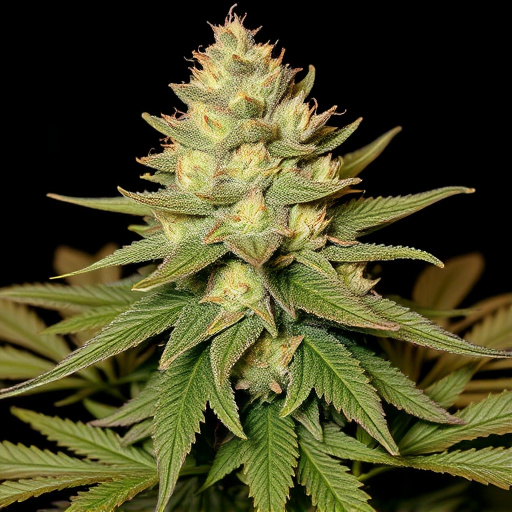
Big Bud strains of cannabis have gained significant attention for their potent medical benefits, making them a popular choice among patients seeking relief from various ailments. These strains are known for their high THC content, which can provide powerful analgesic and anti-inflammatory effects. The robust effects of Big Buds can help alleviate chronic pain, muscle spasms, and inflammation associated with conditions like arthritis, multiple sclerosis, and fibromyalgia.
Additionally, these strains offer a range of therapeutic advantages beyond physical relief. They may stimulate appetite, making them beneficial for patients undergoing treatment for cancer or HIV who often experience nausea and loss of appetite. Big Buds can also induce relaxation and reduce anxiety, promoting better sleep quality. The sedative properties make them suitable for managing insomnia and stress-related disorders, providing a holistic approach to patient well-being.
Scientific Research and Clinical Applications

Scientific research into cannabis flower and its medical applications has grown exponentially in recent years, leading to a better understanding of this complex plant. Studies have explored various compounds within cannabis, with a particular focus on tetrahydrocannabinol (THC) and cannabidiol (CBD), their primary psychoactive and non-psychoactive components, respectively. This research has shown promising results in treating a range of medical conditions, from chronic pain to anxiety and epilepsy.
Clinical applications of cannabis flower are expanding globally, with many countries legalizing its use for medicinal purposes. Big bud strains, known for their high THC content, have been particularly studied for their potential in managing severe pain and nausea associated with chemotherapy. On the other hand, CBD-rich strains offer therapeutic benefits without the intoxicating effects, making them valuable in treating anxiety disorders, sleep disturbances, and even certain skin conditions.
Cannabis flowers, with their diverse compositions, offer a wealth of medical benefits, particularly through the notable effects of big bud strains. Scientific research continues to uncover the potential of these natural compounds, leading to innovative clinical applications that harness the power of cannabis for improved health and well-being. By understanding both the science behind cannabis and the specific advantages of big bud strains, we can navigate the world of medical cannabis with increased confidence, recognizing its promise as a game-changer in healthcare.

